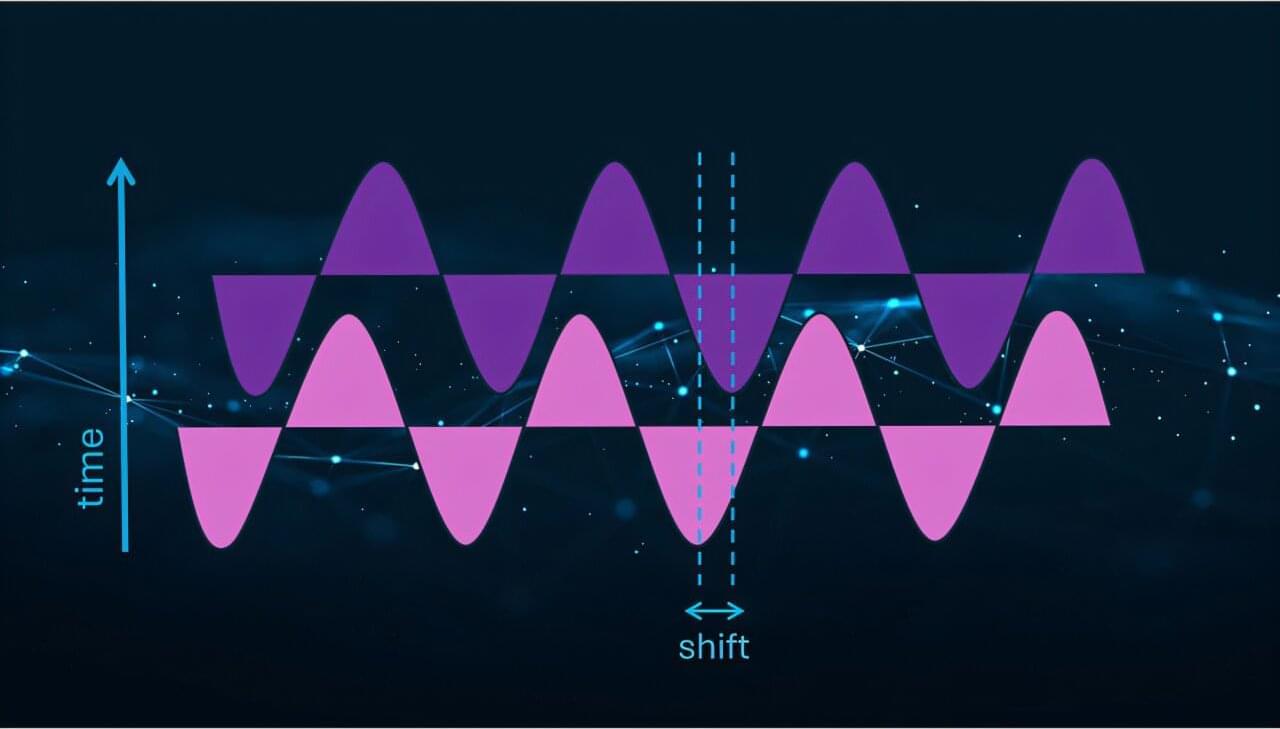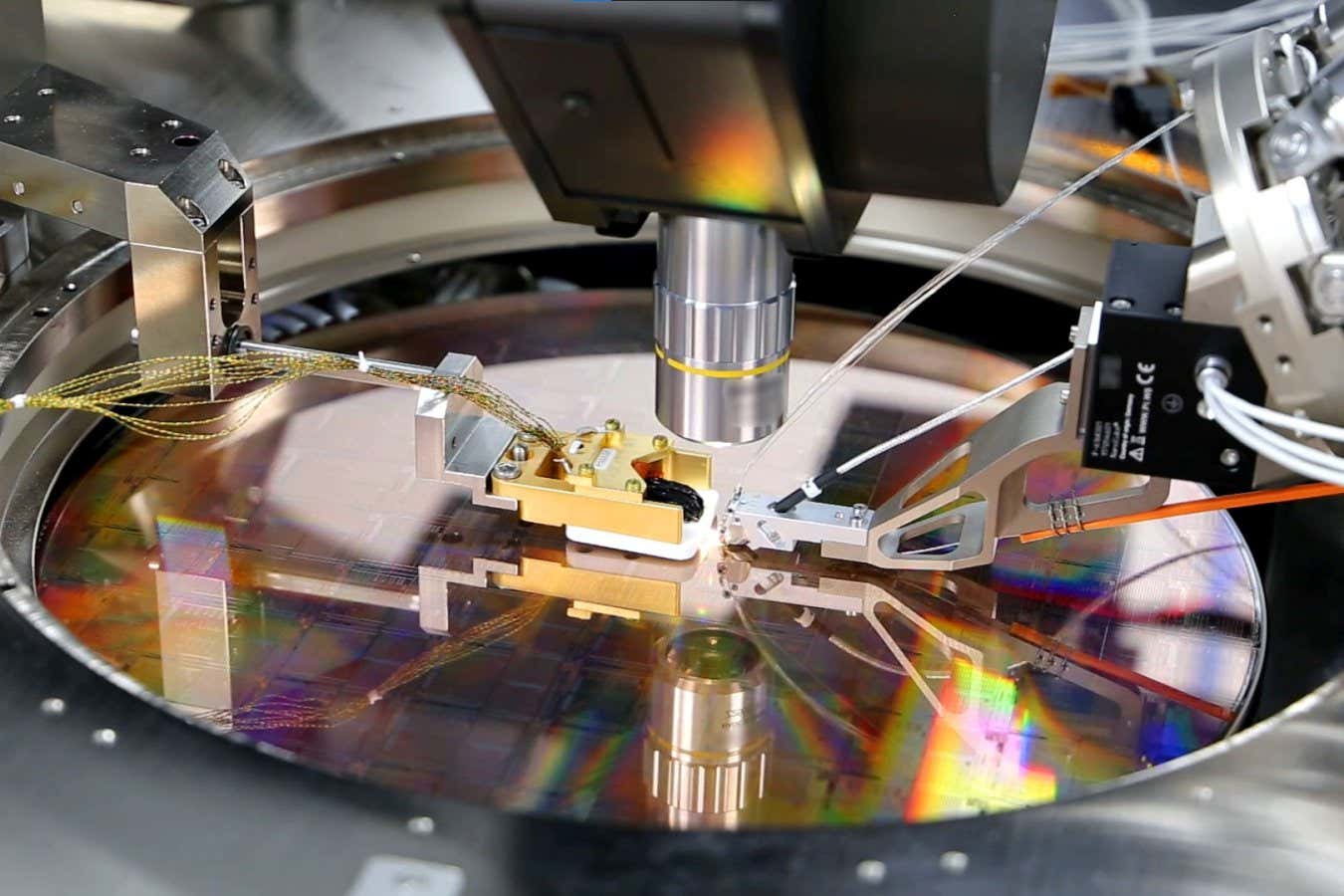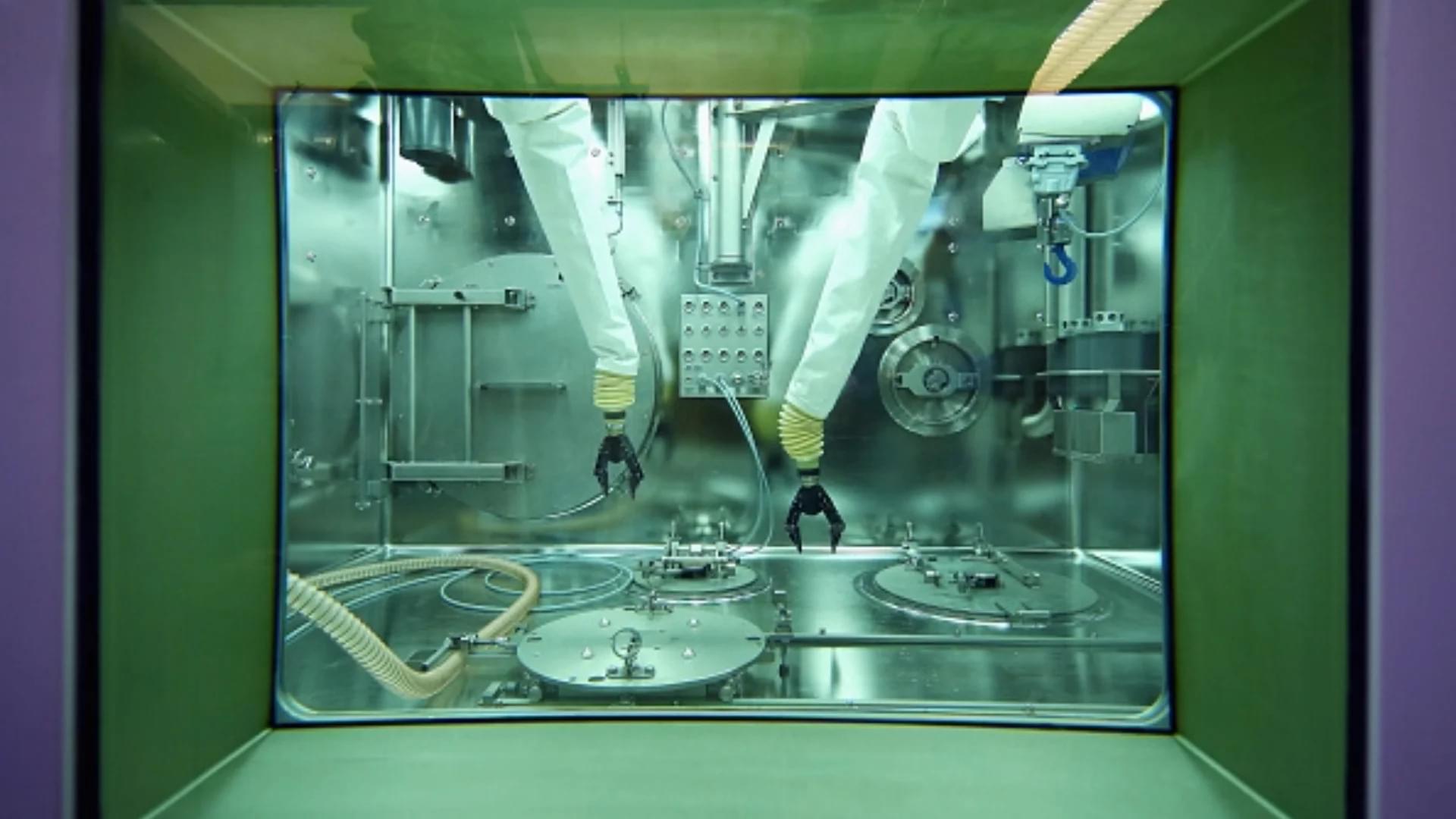Sylvain Lesné, a neuroscientist accused of image manipulation in a seminal Alzheimer’s disease paper in, resigned last week from his tenured professorship at the University of Minnesota Twin Cities (UMN). The move follows a 2.5-year investigation in which the university found problems with several other papers on which Lesné is an author. The study has already been pulled, but the school has asked that four more of Lesné’s papers be retracted.
The resignation, effective 1 March, was first reported by the. Lesné did not respond to a request for comment. UMN spokesperson Jake Ricker said, “The university has identified data integrity concerns impacting several publications and has been in touch with those journals to recommend retraction of the publications, where appropriate.”
As a postdoc, Lesné worked in the lab of neuroscientist Karen Ashe. In 2006, they published a study in that seemed to show a cause-effect relationship between a protein—amyloid-beta *56—and memory loss in rats. Those symptoms seemed to resemble the memory problems that afflict Alzheimer’s patients.







